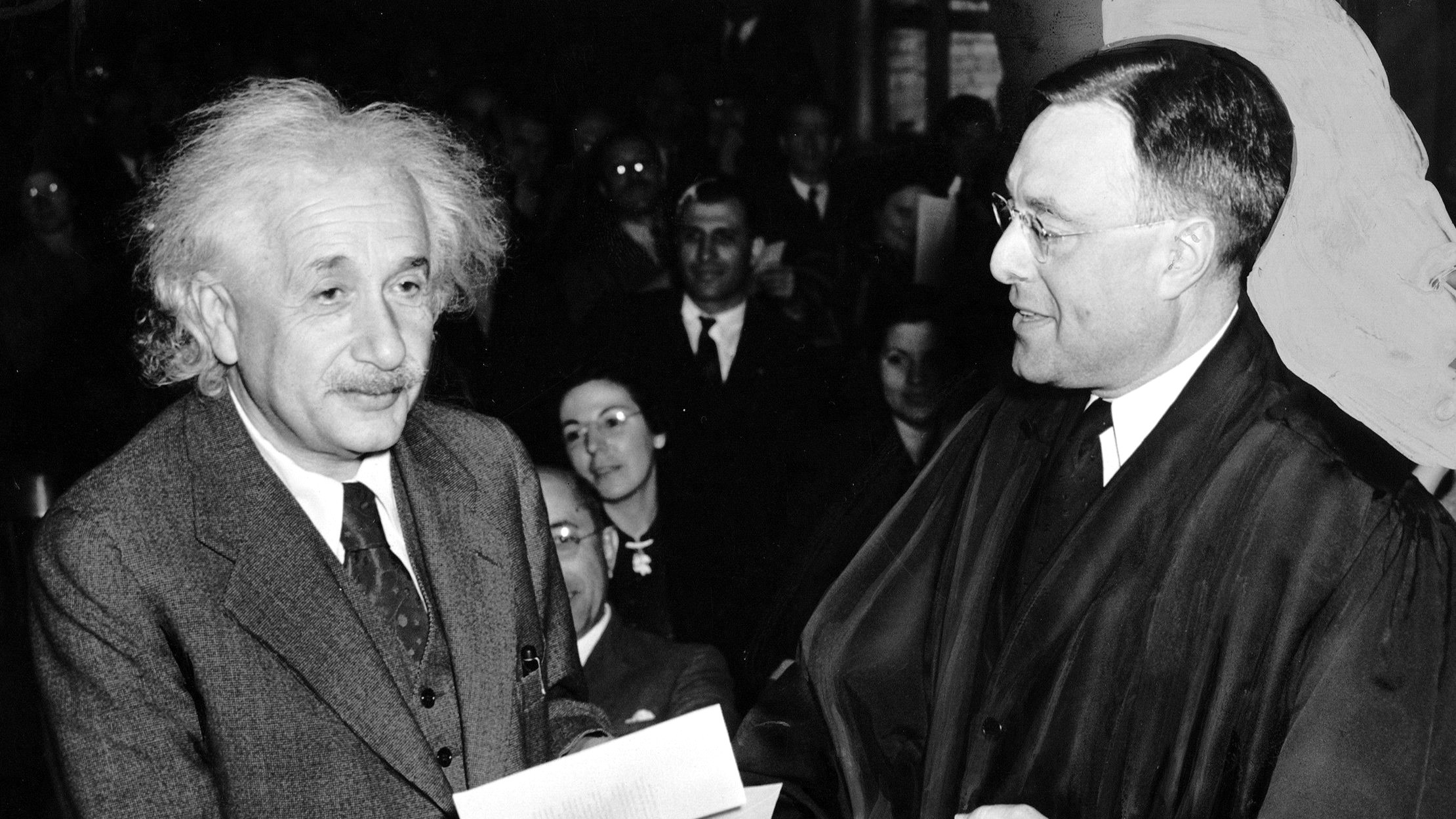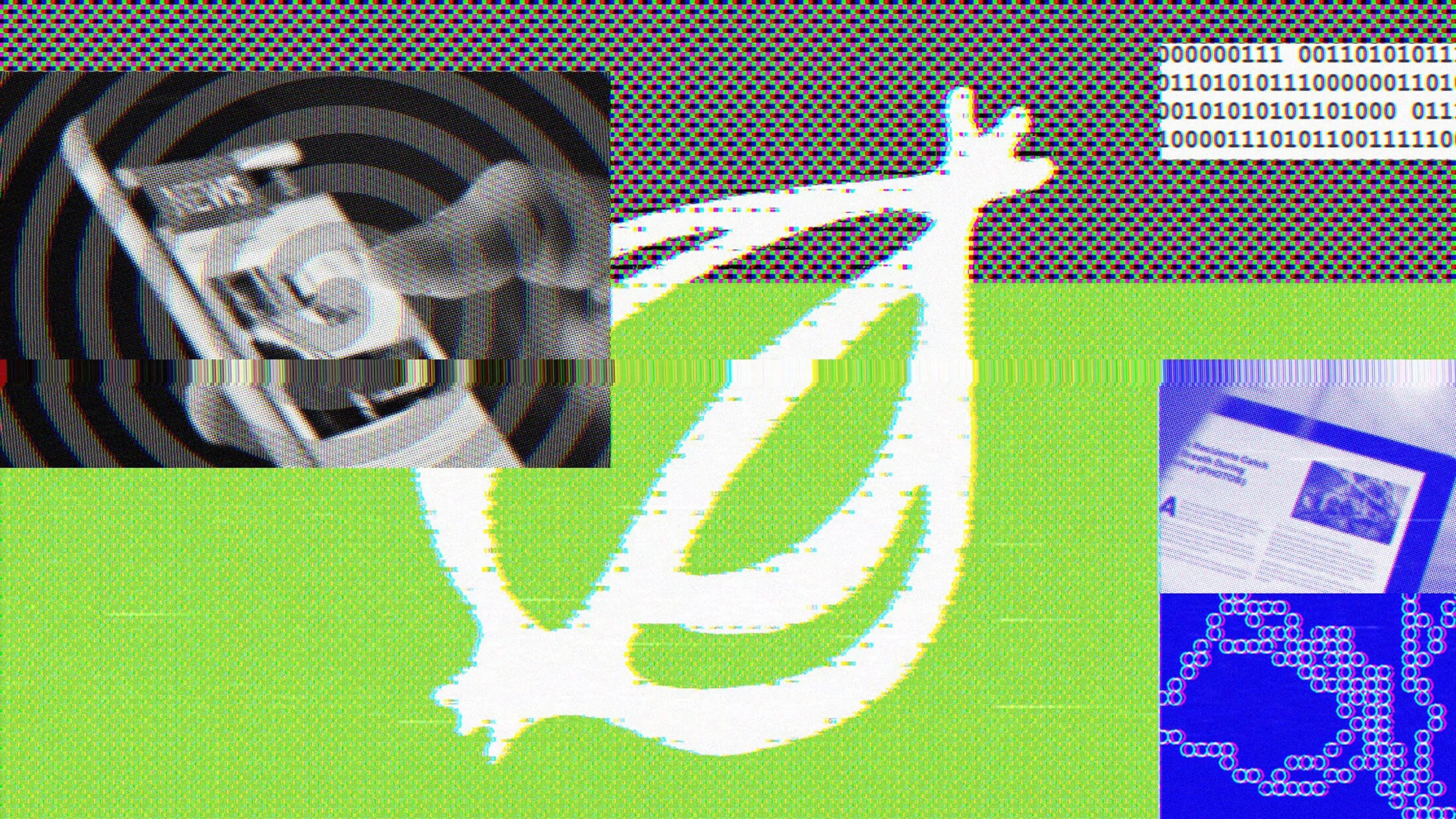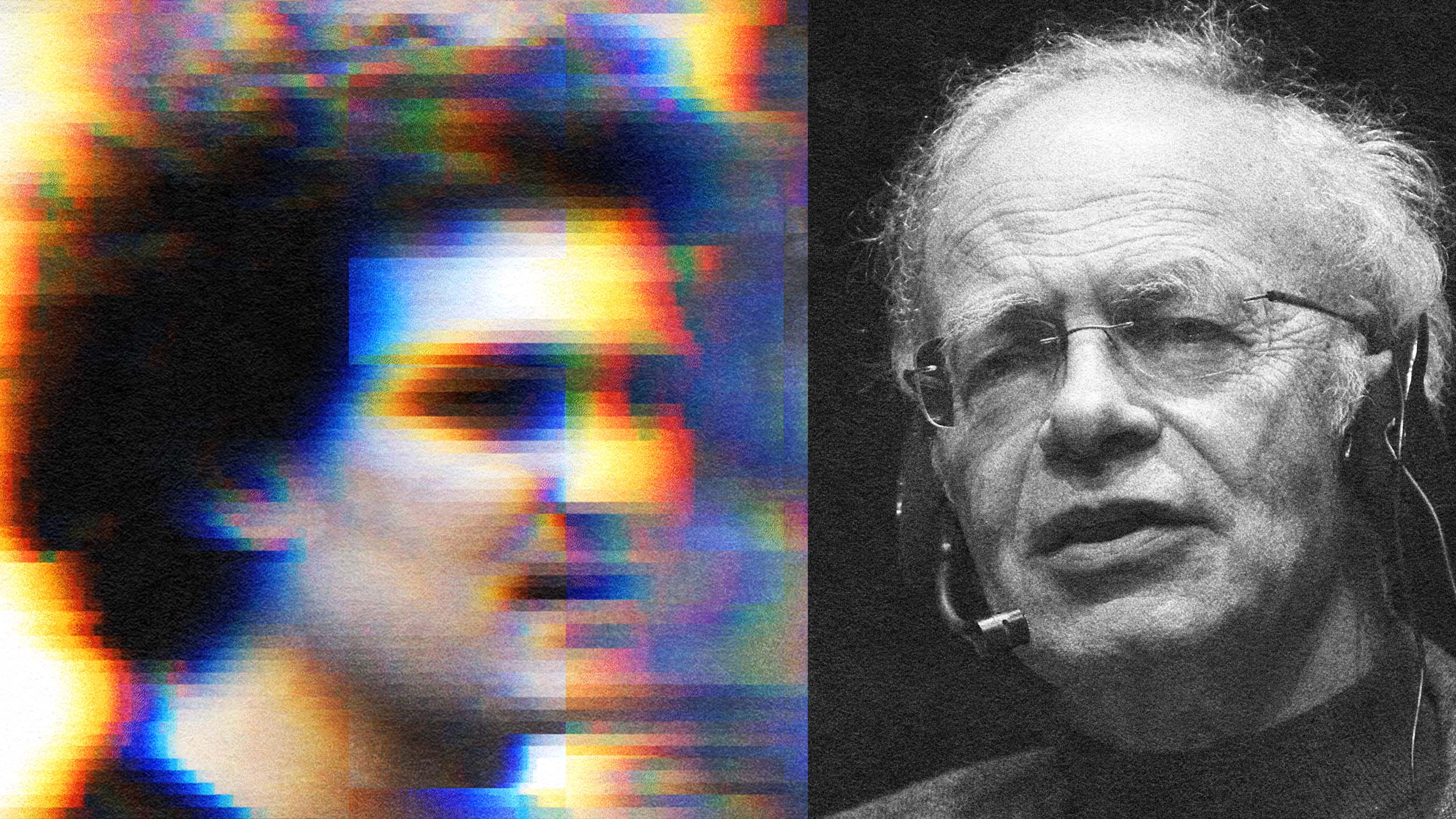Rage in the Age of Engagement

I write and tweet @DrDigipol about the intersection of politics and the digital. These days, digital touches everything. I suppose I could write about anything, then, but I tend to write about things political (broadly defined to include policy and news media, of course). But I suppose I will stray at times. Don’t get angry with me.
For some, anger turns to rage when unanswered. Pent up anger becomes a fire raging in us. What angers you? What makes your insides burn in rage?
And how do you express your rage? Punching a wall? Rioting in London? Demonstrating in Tahrir Square? Occupying Wall Street? Yelling at your Representative at a townhall? Voting? (God forbid, voting.)
Where once we had just the physical world in which to outwardly express our rage, now we have the virtual world, the ether, the electronosphere, cyberspace, digital networks (just showing off how long I have been thinking about this…. As McLuhan says, “projecting our consciousness into the electronosphere….”), as well.
What does finding people all over the world, and maybe even next door, on Facebook, Twitter or other social network, who share our rage do to it? Is it dampened? Enflamed? Or does it become an expression of self-organizing political power?
This is the question everyone is asking about the 99 Movement’s Occupy Wall Street protest. As it spreads from state to state, from city to city, from Wall Street to Main Street on the wings of Twitter, what will it do to our rage?
Consider the ElShaheeed Facebook Page. More than 1.6 million page likes now, but even by the time of Arab Spring in Egypt, it had more than a million, of which more than 900 thousand fans RSVP’d to attend a protest in Tahrir Square… all with a deliberately anonymous page administrator, facilitating, not leading, the process. What a way to express rage. Sure, it probably started when a street vendor in Tunisia set himself on fire, in rage, of course, but even that was videoed and distributed on Facebook like it’s own wildfire.
We are not seeing virtual expressions of rage replace real world expressions, but the virtual enhances it, softening some edges, extending its reach and influence. These new tools of engagement allow rage from Even the most remote corners of the world to evolve into political protests, movements and, even, regime change.
In Wisconsin, another social networking enhanced movement, the Tea Party, met a resurgent, social network enhanced union movement in a battle over budgets, the right to organize and the direction of the country. And while public support for the Tea Party has grown from 33% to 36% since then, opposition to the Tea Party has doubled from 23% to 46% in the same time. With both sides harnessing new tools of engagement, the result is a public who’s opinion is likely more informed about the points of their conflict, if not always the substance.
We are in the early days of a presidential campaign. People are angry. Some feel rage. They are taking to the streets in NYC, DC, Wichita, and Lawrence, KS, and to Facebook and Twitter. And the candidates are there to meet them.
At least they should be there.
Yes, all of them are there, but how many are actually engaging with their supporters, connecting with the networks, communities, and movements that are forming across social media and the country? Voters are looking for candidates to answer their questions and to be part of their conversation about the future of our country. And the conversation is in full swing.
The candidates can help turn anger and rage into movements and solutions by connecting with voters in ways we have not seen outside of village councils. By becoming a part of the national conversation instead of talking to it, they can help restore political efficacy.
I am waiting to see who among them rise to the cause and which movements they meet





